Milling and turning are two of the primary machining processes that are commonly used in metal plastic production. They use raw materials that are cut into a specific shape or design. The following is a quick guide to the composition and processes of milling and turning machines.
Milling Machines
A milling machine is a tool used mainly in metalworking. It allows for precise sizing by using rotary cutters to remove excess material to shape solid products. They are usually automated and are able to be positioned vertically or horizontally when eliminating extra material. These machines can be used for various cutting operations, such as threading, drilling, and slot cutting. Their movement is highly dynamic and they are capable of multi-axis machining.
The standard bit for a milling machine is called a cutter, which is a bar with saw teeth. The cutter rotates as it shapes materials, and is connected to an arbor that is used to hold the cutter in place. The common types of milling machines include knee-type, plain vertical and horizontal, and universal horizontal. Knee-Type machines are vertical and supported by the knee. Plain Vertical and Horizontal machines are standard and usually attached to a turret and swivel. Universal horizontal machines have table swivel housing, which provides angular operations.
Turning Machines
Turning is a material removing process that cuts away excess material to create rotational parts. These rotational parts have features like holes, tapers, grooves, etc. Turning can be used to add features to parts that were already manufactured and formed. This process reduces the diameter of a part and creates a smooth finish.
Turning can be performed manually with a lathe, or using an automated lathe. The most common type of automation is CNC (computer numerical control). A CNC machine uses numerical control in order for the machine tools to function. An operator uses a computer program to customize an object, then the machine uses CNC machining language to alter speed, feed rate, coordination, and more. The program controls precise velocity and positioning.
